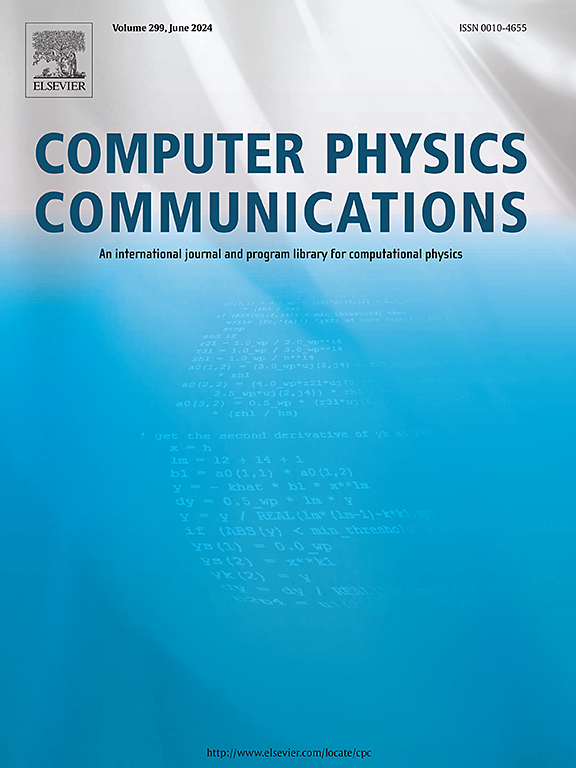Crystal synthesizability prediction using contrastive positive unlabeled learning
IF 7.2
2区 物理与天体物理
Q1 COMPUTER SCIENCE, INTERDISCIPLINARY APPLICATIONS
引用次数: 0
Abstract
High-throughput screening or generative models rapidly identify crystal structures with the desired properties, but the synthesizable ratio is generally low. Experimentally verifying the synthesizability of individual virtual crystals would entail significant time and resources. Therefore, a method for automatically assessing the synthesizability of virtual crystals is urgently needed. This paper describes an approach that combines contrastive learning and positive unlabeled learning. The resulting contrastive positive unlabeled learning (CPUL) model predicts the crystal-likeness score (CLscore) of virtual materials. The model achieves a true positive (CLscore > 0.5) prediction accuracy of 93.95% on a test set containing 10,000 materials taken from the Materials Project (MP) database. We further validate the model by using all Fe-containing materials from the MP database as the test set, obtaining a true positive rate of 88.89%. This indicates that the CPUL model performs well, even with limited knowledge of the interactions between Fe and the atoms in the crystals. The CPUL model is then used to assess the CLscore of virtual crystals in the MP database and analyze their synthesizability by combining the energy above the hull. Finally, the synthesizability of perovskite materials is predicted using the proposed CPUL model, resulting in seven candidate halide perovskite materials for photovoltaic applications.
求助全文
约1分钟内获得全文
求助全文
来源期刊

Computer Physics Communications
物理-计算机:跨学科应用
CiteScore
12.10
自引率
3.20%
发文量
287
审稿时长
5.3 months
期刊介绍:
The focus of CPC is on contemporary computational methods and techniques and their implementation, the effectiveness of which will normally be evidenced by the author(s) within the context of a substantive problem in physics. Within this setting CPC publishes two types of paper.
Computer Programs in Physics (CPiP)
These papers describe significant computer programs to be archived in the CPC Program Library which is held in the Mendeley Data repository. The submitted software must be covered by an approved open source licence. Papers and associated computer programs that address a problem of contemporary interest in physics that cannot be solved by current software are particularly encouraged.
Computational Physics Papers (CP)
These are research papers in, but are not limited to, the following themes across computational physics and related disciplines.
mathematical and numerical methods and algorithms;
computational models including those associated with the design, control and analysis of experiments; and
algebraic computation.
Each will normally include software implementation and performance details. The software implementation should, ideally, be available via GitHub, Zenodo or an institutional repository.In addition, research papers on the impact of advanced computer architecture and special purpose computers on computing in the physical sciences and software topics related to, and of importance in, the physical sciences may be considered.
 求助内容:
求助内容: 应助结果提醒方式:
应助结果提醒方式:


